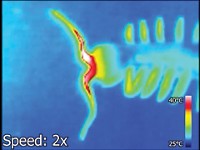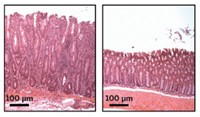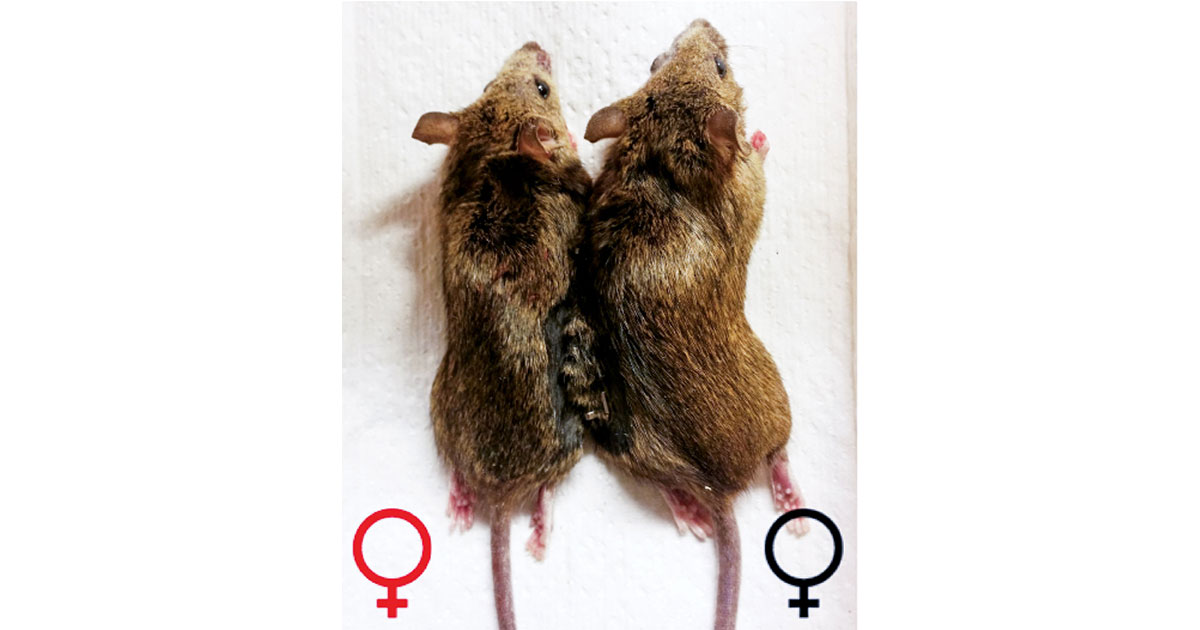Advertisement
Grab your lab coat. Let's get started
Welcome!
Welcome!
Create an account below to get 6 C&EN articles per month, receive newsletters and more - all free.
It seems this is your first time logging in online. Please enter the following information to continue.
As an ACS member you automatically get access to this site. All we need is few more details to create your reading experience.
Not you? Sign in with a different account.
Not you? Sign in with a different account.
ERROR 1
ERROR 1
ERROR 2
ERROR 2
ERROR 2
ERROR 2
ERROR 2
Password and Confirm password must match.
If you have an ACS member number, please enter it here so we can link this account to your membership. (optional)
ERROR 2
ACS values your privacy. By submitting your information, you are gaining access to C&EN and subscribing to our weekly newsletter. We use the information you provide to make your reading experience better, and we will never sell your data to third party members.
Biological Chemistry
Cold receptor identified
June 4, 2007
| A version of this story appeared in
Volume 85, Issue 23
Next time someone gives you the cold shoulder, take some solace in knowing which of your protein receptors detected it. Researchers at the University of California, San Francisco, have identified the principal detector of cold temperatures between about 12 and 26 °C on the basis of work done in mice (Nature, DOI: 10.1038/nature05910). The culprit, called TRPM8, is one member of a family of temperature-sensitive ion channels that can also sense chemical cooling agents such as menthol. TRPM8 or its human version is found in cells all over the mammalian body, including paws (or hands), the spinal cord, and even the cornea. The researchers, led by physiologist David Julius, came to their conclusions by comparing the cold aversion behavior of normal mice with that of mice in which TRPM8 had been knocked out. The mechanism by which TRPM8 senses cold is a "major question that will likely await further insights into the 3-D structure of the ion channel complex," Julius notes.






Join the conversation
Contact the reporter
Submit a Letter to the Editor for publication
Engage with us on Twitter